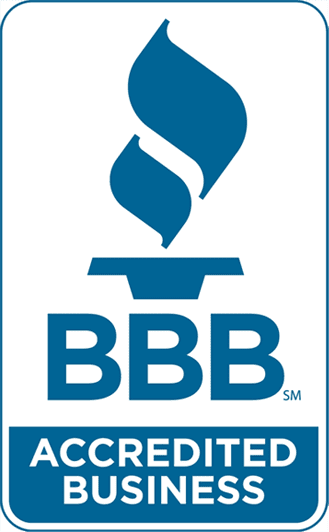What are textured walls?
Textured interior walls, like those with patterns such as “orange peel,” popcorn, or swirls, serve a practical purpose by concealing drywall installation flaws and imperfections. These textures are often chosen for their cost-saving benefits, as they are inexpensive and quick to apply. They are commonly found in rental properties and commercial buildings. Textured walls offer increased durability compared to smooth walls and are less susceptible to minor wear and tear. Some people also appreciate the character that textured walls bring, as the bumps create light reflections and shadows, making the walls more visually interesting.
How are textured walls created?
Typically, textured walls are achieved through spraying techniques. Additional patterns can be added using soft brushes, combs, rags, or sponges. Each texture and pattern has its own name, such as Santa Fe (for an adobe look), “knockdown,” “swirl,” and “cat’s paw.” Alternatively, ready-made texture paints can be applied using brushes or rollers.
Four methods to remove unwanted textured walls:
If you prefer smooth walls, there are four ways to transform a textured surface into a smooth one. These methods can also be applied to walls with other distressing, such as exposed plaster or old wallpaper.
1. Apply a skim coat.
This involves covering the entire wall surface with a thin layer of joint compound or “mud.” Once dried, the surface is sanded smooth. More than one coat may be required for highly textured walls. Skim coating is a messy and time-consuming process, best handled by professionals who can minimize dust and ensure a smooth finish. After the surface is repaired, it can be sealed with a primer and then painted or wallpapered as desired.
2. Replace the textured drywall.
If the texture is particularly heavy, it may be more cost-effective to replace the entire drywall. However, this option still requires skim coating to cover the seams and achieve a smooth surface, which also results in dust accumulation.
3. Cover the walls with another material.
Wood paneling or corrugated metal can be installed over the textured walls to achieve a different aesthetic. However, this approach requires addressing the issue of baseboards since the new layer may protrude past their profile. The baseboards can be removed, and the paneling can extend to the floor, or stock wood can be added at the bottom of the wall, flush with the new paneling while reinstalling the baseboards.
4. Accept and work with the texture.
If removing the texture is impractical, you can use artwork to divert attention from the texture. Adjusting the lighting in the room can also minimize its visual impact. Flat paint is recommended, as bright or glossy finishes tend to accentuate the texture. Some individuals choose to live with textured walls, employing neutral colors and complementary furniture to downplay their presence.







